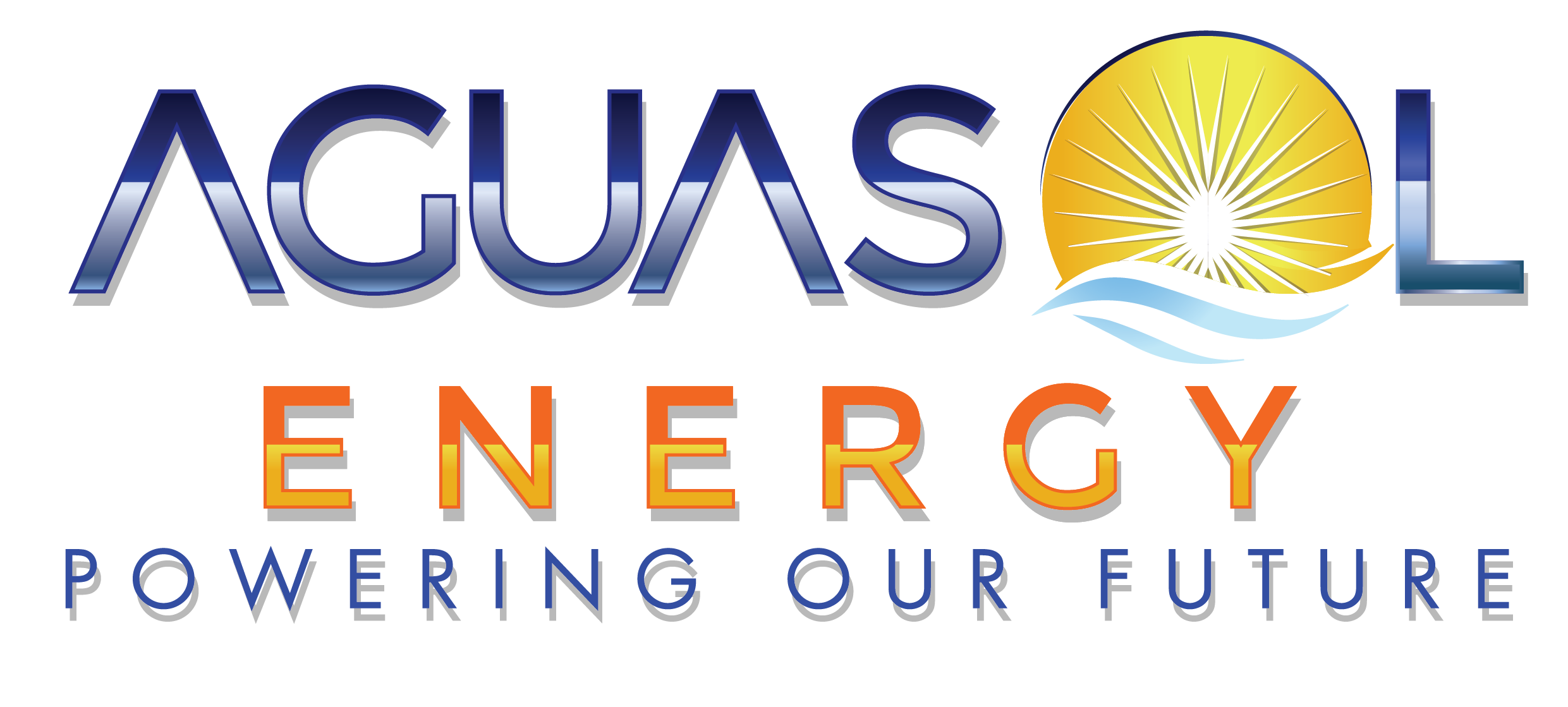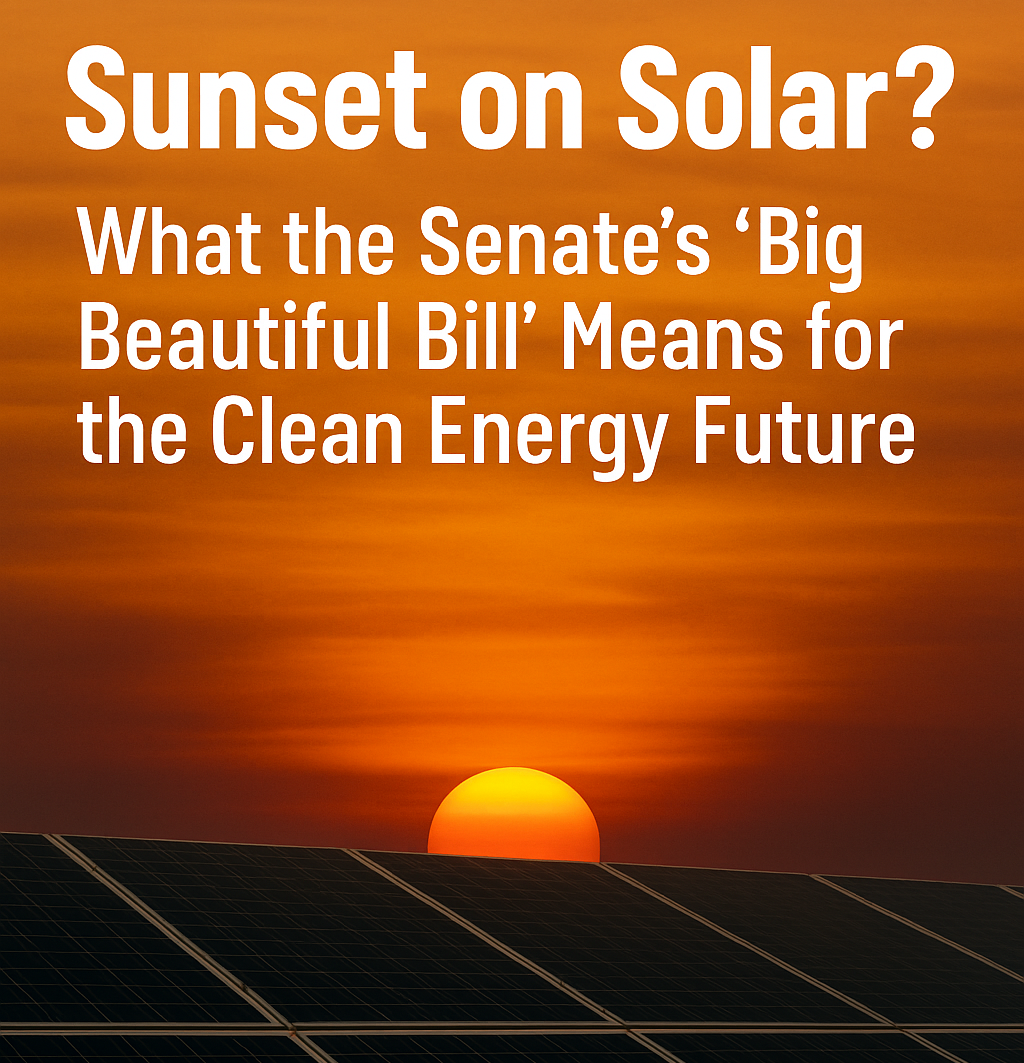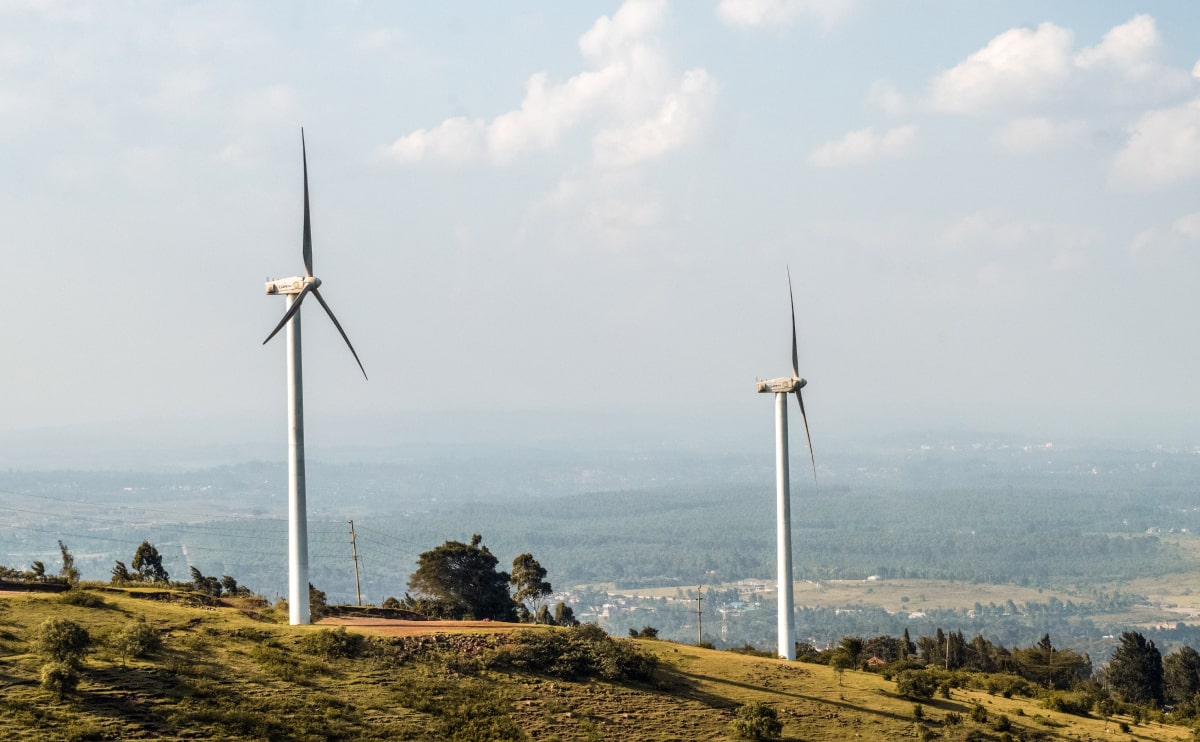☀️ A Cloud Over the Solar Boom
The solar industry, once supercharged by the Inflation Reduction Act (IRA), is now facing a seismic policy shift from the U.S. Senate. Dubbed the “One Big Beautiful Bill” (OBBB), this sweeping piece of legislation—pushed by Senate Republicans—proposes deep cuts to solar tax incentives that have fueled years of record-breaking growth in clean energy.
If passed in its current form, the OBBB could reverse much of the momentum the industry has built. Here’s a breakdown of what’s in the bill, how it’s affecting the market, and what it might mean for the future of solar in America.
🔻 What the Senate Bill Actually Does
1. Residential Solar Credit (25D) Eliminated
- The 30% tax credit for homeowners who install solar panels would be gone just 180 days after the bill becomes law.
- This could dramatically slow rooftop solar adoption, especially for middle-income families.
2. Commercial & Utility Solar ITC (48E) Phases Out
- Projects that begin construction in 2025 can still claim the full 30% credit.
- But it drops to 60% in 2026, 20% in 2027, and hits zero by 2028.
- Leased systems, often used by third-party installers like Sunrun, would no longer qualify starting in 2026.
3. Credit Transferability Survives—For Now
- Companies could still sell their clean energy tax credits, a flexibility mechanism that’s helped fund large-scale solar and storage projects.
- However, the rules get tighter, especially regarding foreign ownership and supply chains.
📉 Industry Fallout Already Underway
- Solar stocks plummeted after the draft was released. First Solar, SolarEdge, and Sunrun saw drops ranging from 20–44%.
- Bankruptcies are rising: At least nine solar-related companies have filed in 2025, citing policy uncertainty.
- Jobs are at risk: The Solar Energy Industries Association (SEIA) warns that the bill could kill hundreds of thousands of jobs—especially in red states that benefited most under the IRA.
⚖️ Winners and Losers
Interestingly, not all clean energy sectors are facing the chopping block:
- Winners: The Senate’s version preserves longer-term credits for geothermal, nuclear, hydropower, and battery storage through the 2030s.
- Losers: Solar, wind, and residential-scale renewables see some of the most aggressive rollbacks.
It’s a clear shift in priorities—from distributed, homeowner-based solutions to centralized, baseload-friendly technologies.
🔄 What Happens Next?
This version of the bill still has hurdles:
- It must pass the full Senate.
- It then goes into conference negotiations with the House, where provisions could change.
- Technical adjustments from the Senate parliamentarian and pressure from industry lobbyists may lead to concessions or carveouts.
Clean energy advocates are fighting hard to restore key provisions. SEIA and environmental groups have dubbed this moment the “fight of our lives.”
🌅 Is There Still Hope?
Yes—but it’s fading fast. Without a course correction, the solar industry could enter a downturn just as it was becoming a major American employer and manufacturing hub.
The message is clear: solar policy is no longer safe from repeal. Industry leaders, homeowners, and policymakers will need to push harder than ever to protect a clean energy future.
💬 Final Thought
We’re at a crossroads. The “Big Beautiful Bill” may be marketed as fiscally responsible, but it risks unraveling one of the greatest energy transitions in U.S. history. If we want a future powered by the sun, we can’t let these credits vanish into thin air.


